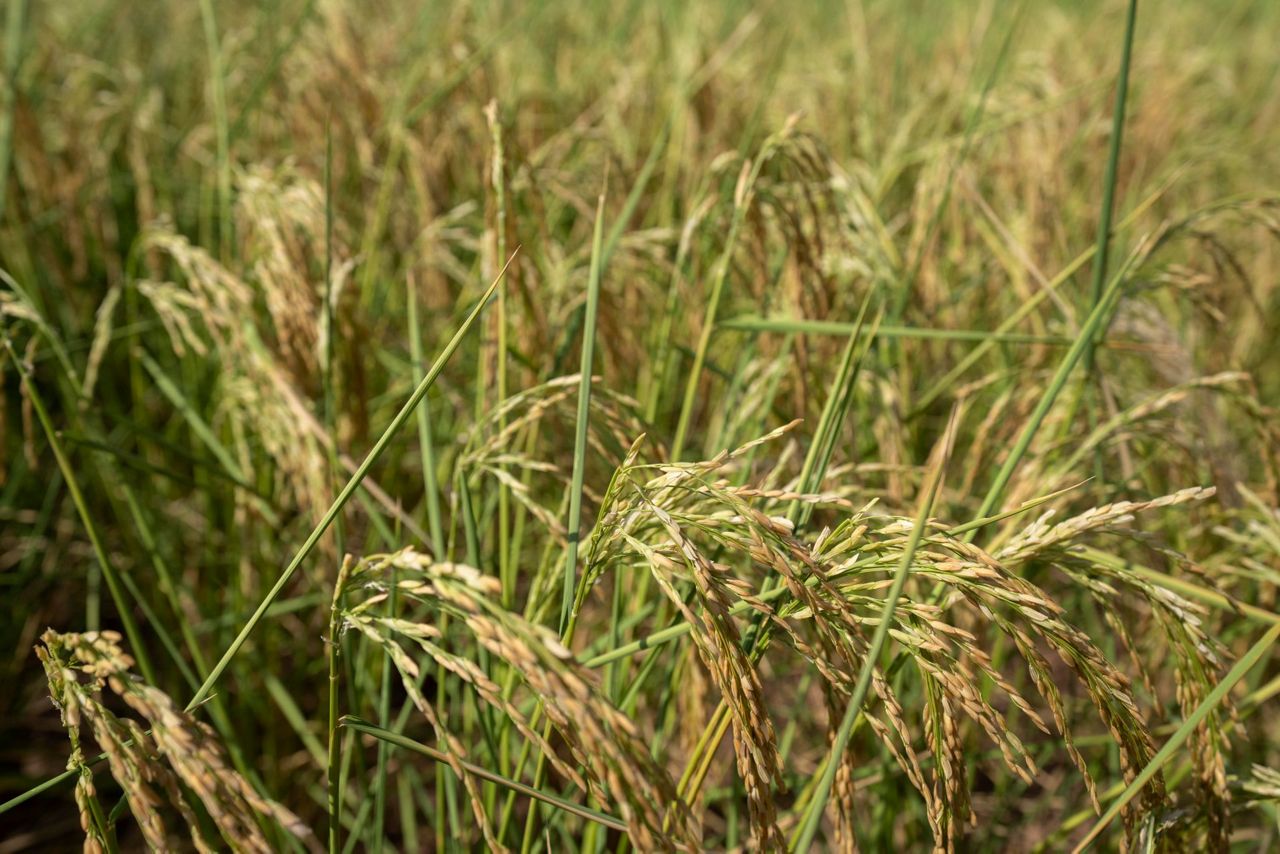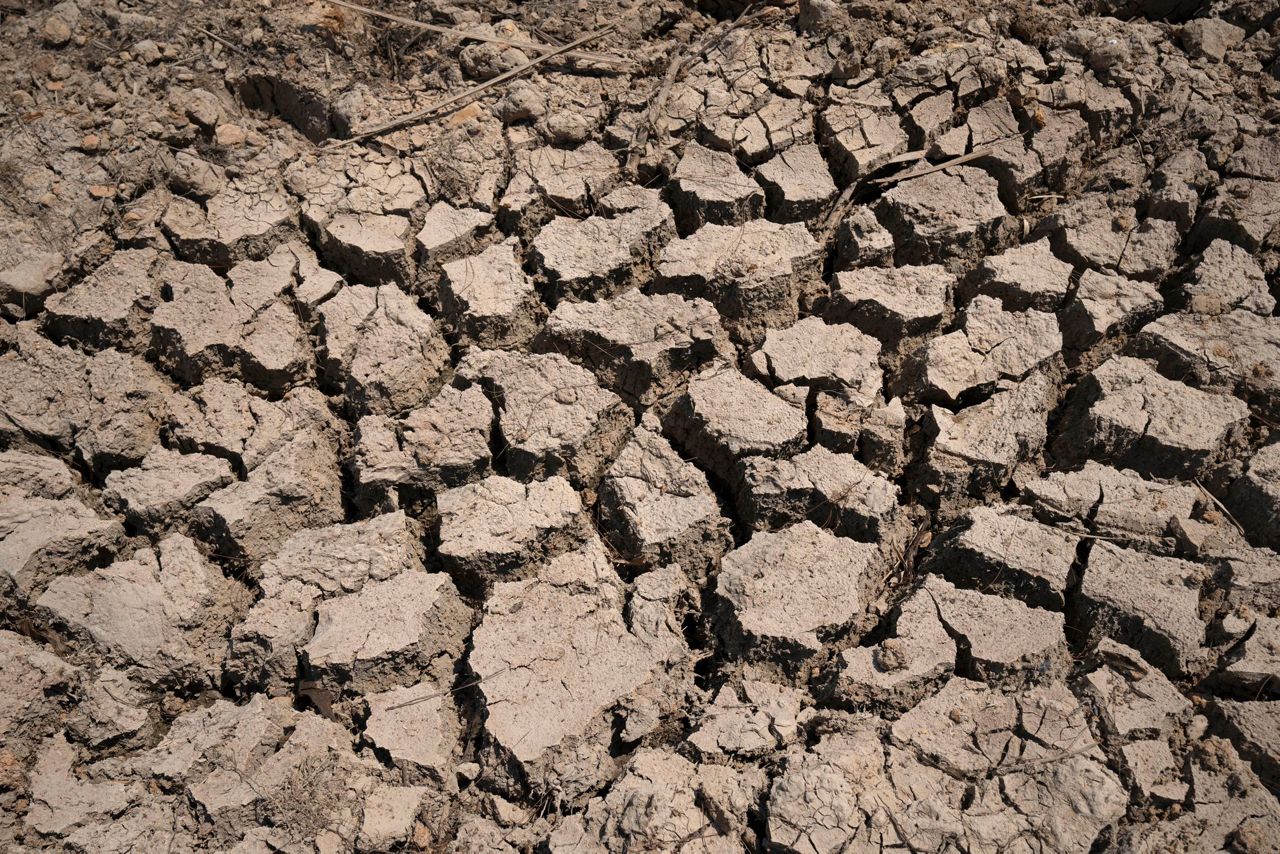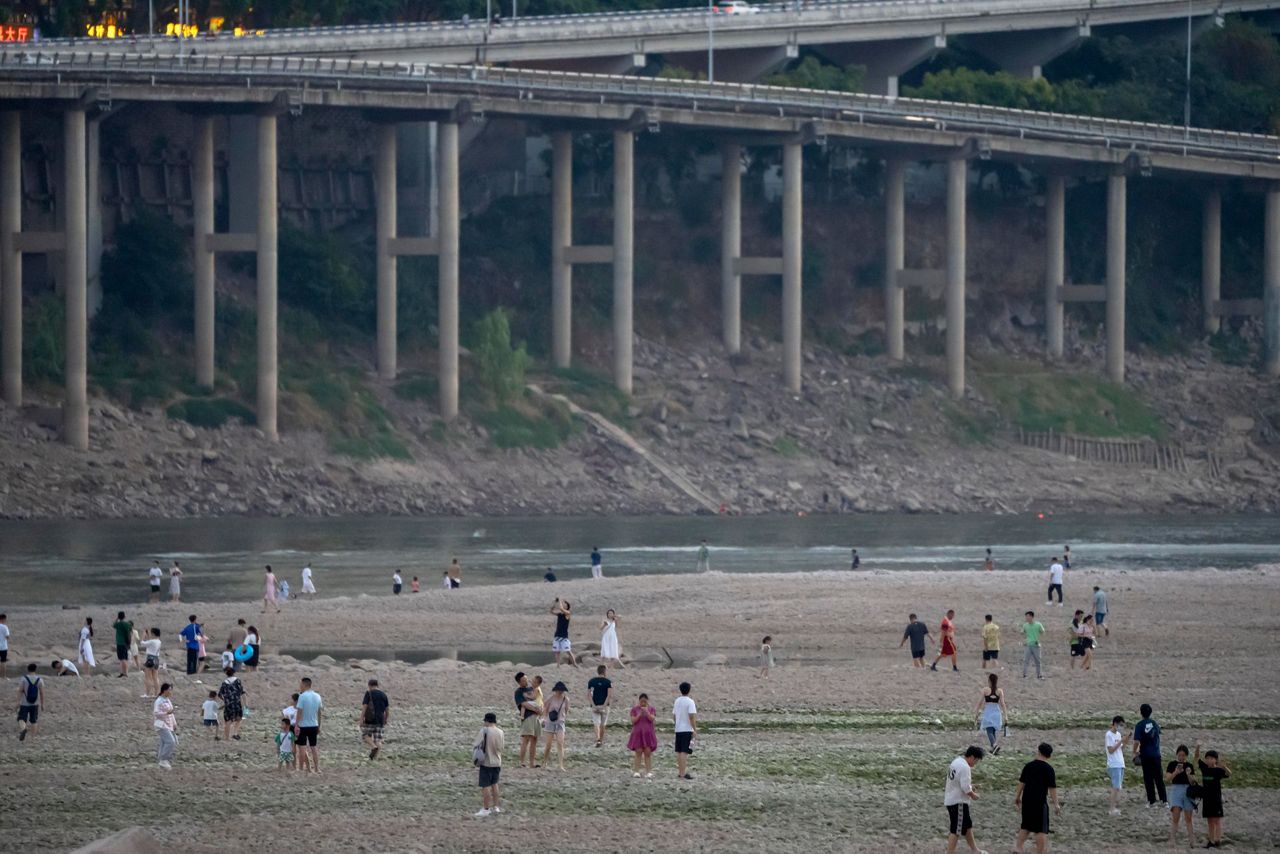BEIJING (AP) — More than 100,000 people had moved to safer areas by Monday as heavy rains brought flood risks to a region of southwest China that was devastated by a heatwave and drought for most of the summer.
Heavy rain was forecast for parts of Sichuan province and Chongqing city through at least Tuesday. Chongqing, a megacity built in a hilly area and that also oversees the surrounding mountains and countryside, issued a flash flood warning for both days.
But China’s meteorological agency maintained a national orange alert for drought, the second highest level, as the heat persisted in many parts of the country's south, the official Xinhua News Agency said. It recommended strict water conservation and using emergency water sources to supply people and livestock.
The Sichuan emergency management administration said Monday that 119,000 people have been evacuated. One village under the jurisdiction of Guangyuan city recorded 18.8 centimeters (7.4 inches) of rain, state broadcaster CCTV said. The city was one of two in Sichuan most affected by the drought.
A national level IV emergency response for floods, the lowest in a four-tier system, is in effect in Sichuan, Chongqing and neighboring Gansu and Shaanxi provinces to the north. The hard, sunbaked soil left by the heatwave increases the risk of natural disasters when it rains, the official Xinhua News Agency said.
The shift in the weather brought some relief from the heat, and full power was restored to factories in Sichuan after two weeks of restrictions stemming from reduced hydropower output.
The rain should help farmers whose rice, spicy Sichuan peppers and other crops were withering during an extended drought that reduced community reservoirs to mostly cracked earth.
Temperatures topped 40 degrees Celsius (104 Fahrenheit) in what meteorologists called the strongest heat wave in China since record-keeping began in 1961.
Power in Sichuan for commercial and industrial use “has been fully restored,” CCTV said on its website. Household demand for air conditioning declined as temperatures moderated and the rainfall was starting to replenish hydroelectric reservoirs.
Hydropower generation in the province was up 9.5% from its low point, the state broadcaster reported. Daily power use by households declined by 28% from a peak of 473 million to 340 million kilowatt hours, the report said, citing Zhao Hong, marketing director for State Grid’s Sichuan subsidiary.
“The contradiction between power supply and demand in Sichuan will be basically resolved in the next three days,” Zhao was quoted as saying.
The falling hydropower production prompted Sichuan utilities to step up the use of coal-fired power plants, temporarily setting back efforts to reduce carbon and other emissions.
The share of power in Sichuan that comes from coal has jumped to 25% from 10% with 67 generating stations running at full capacity, according to Caixin, a Chinese business news magazine.
Sichuan usually is seen as a clean power success story in China, getting 80% of its electricity from hydropower.
Copyright 2022 The Associated Press. All rights reserved. This material may not be published, broadcast, rewritten or redistributed without permission.





